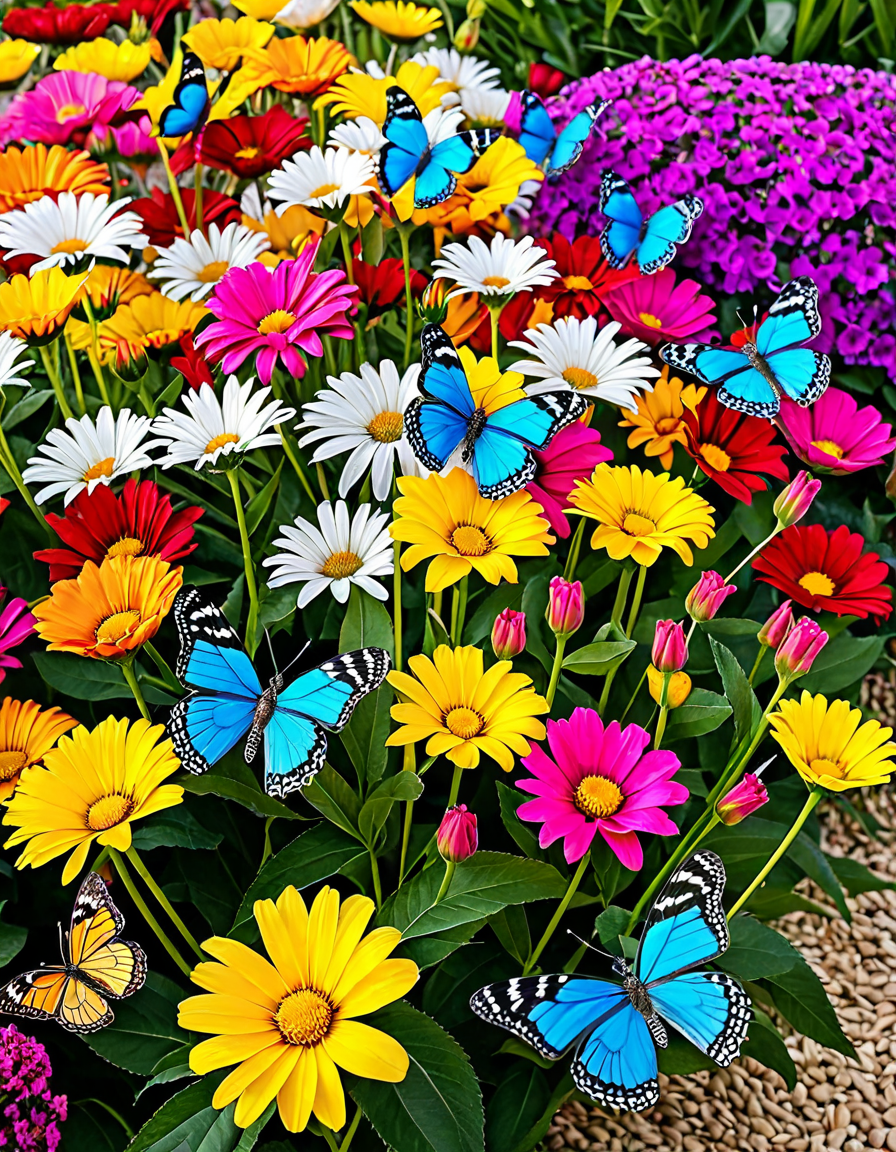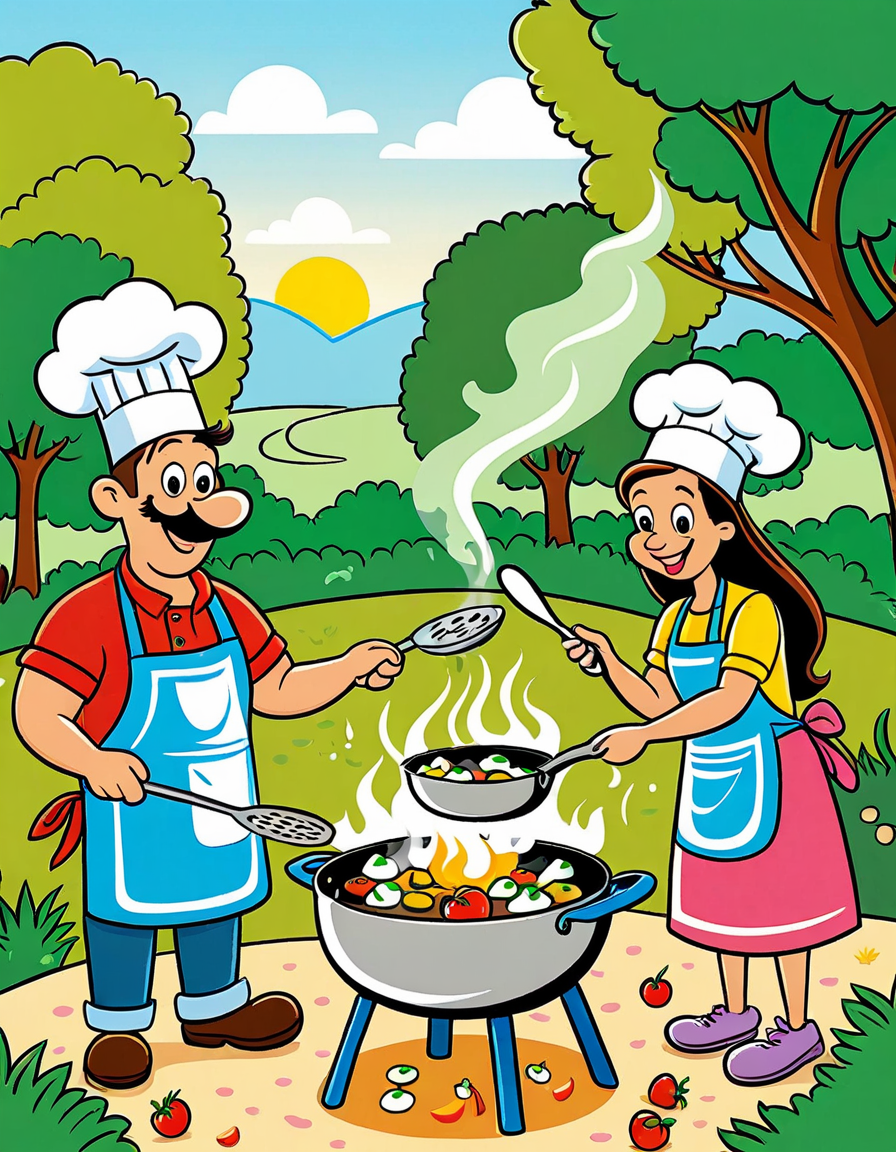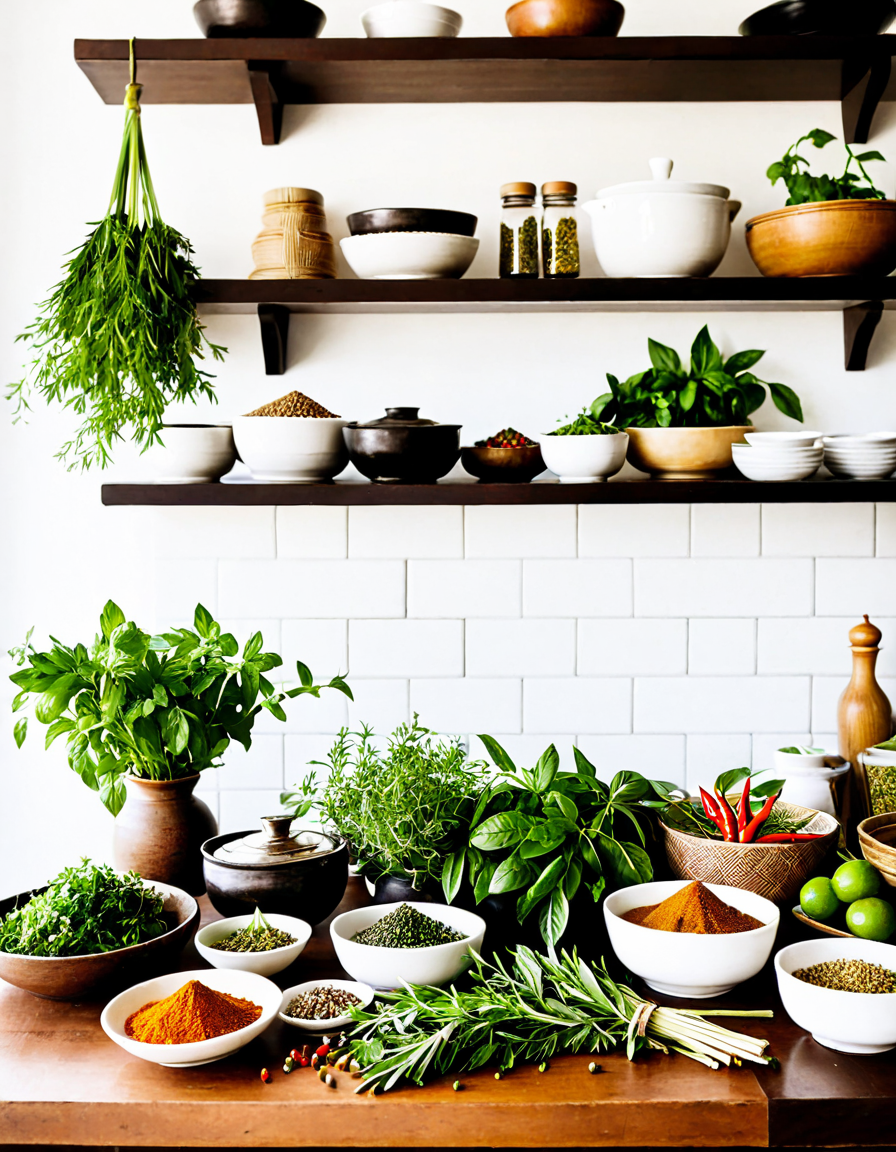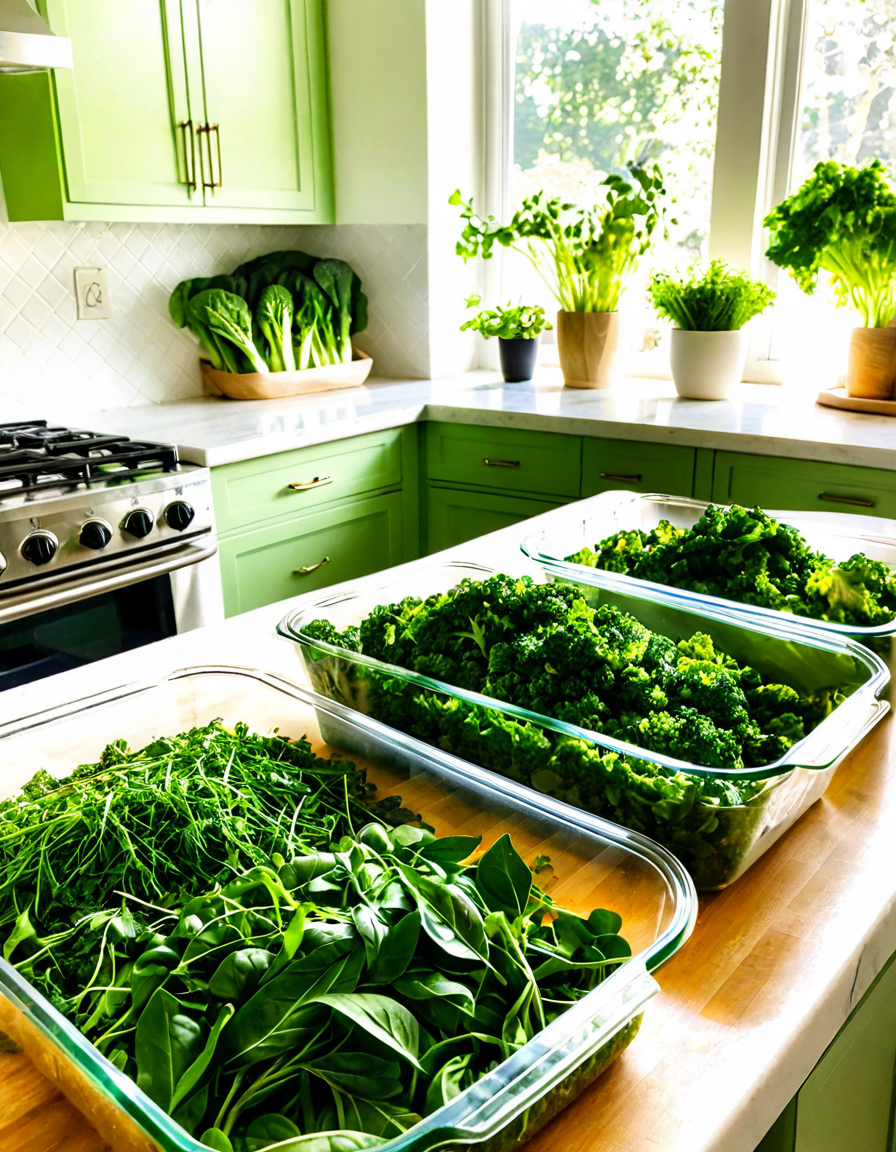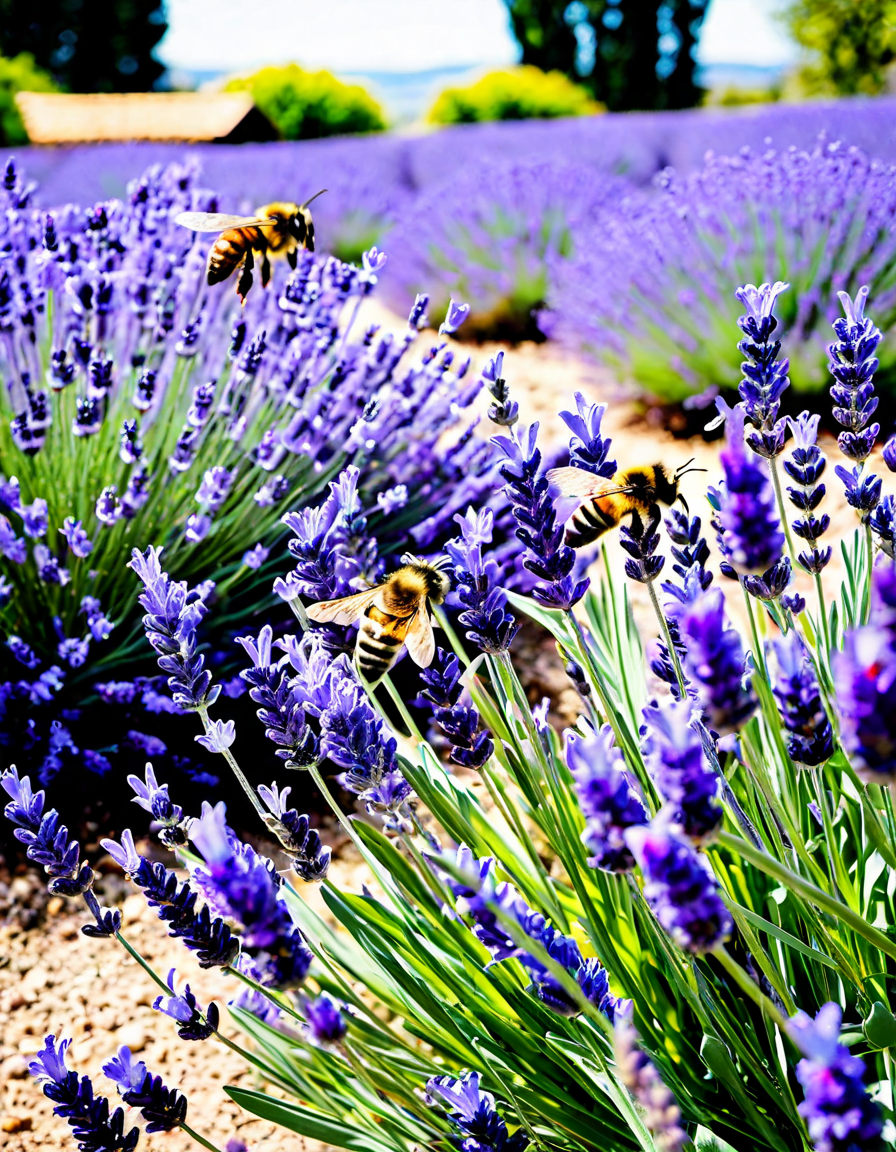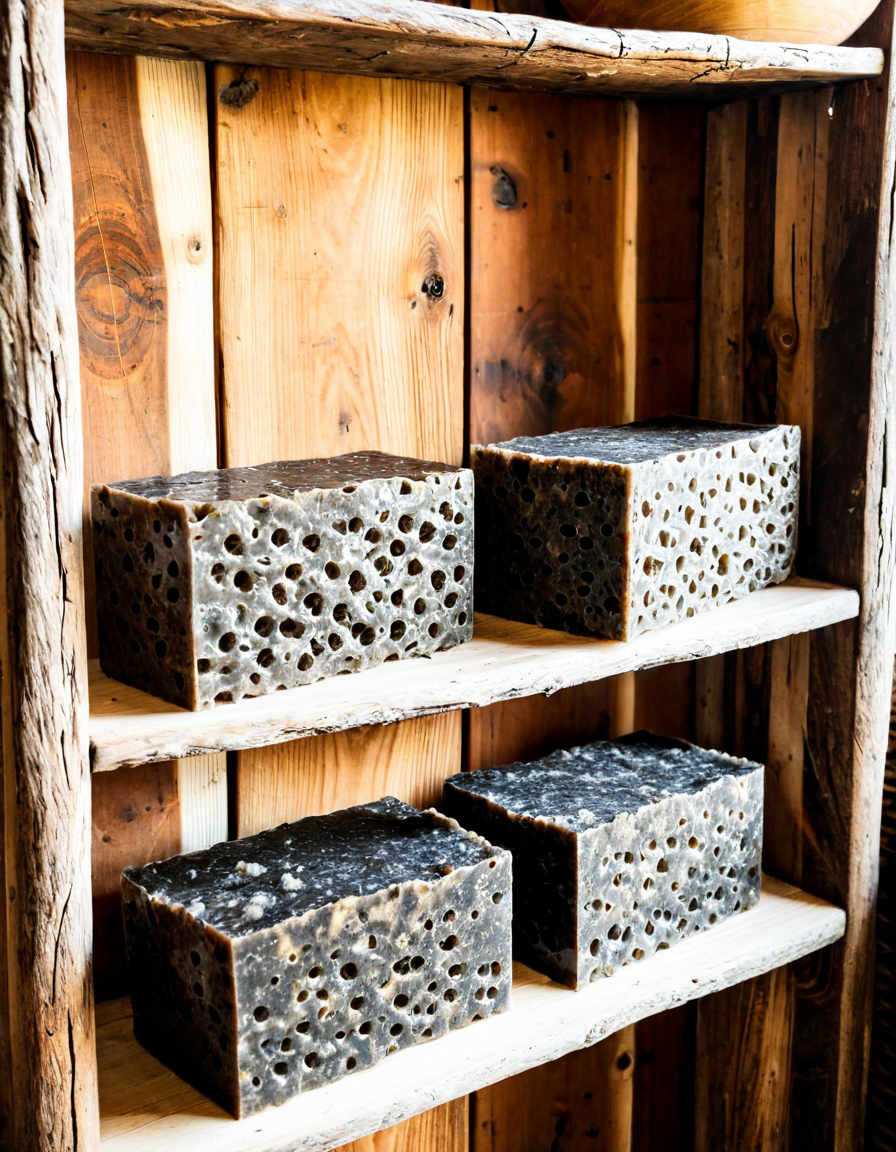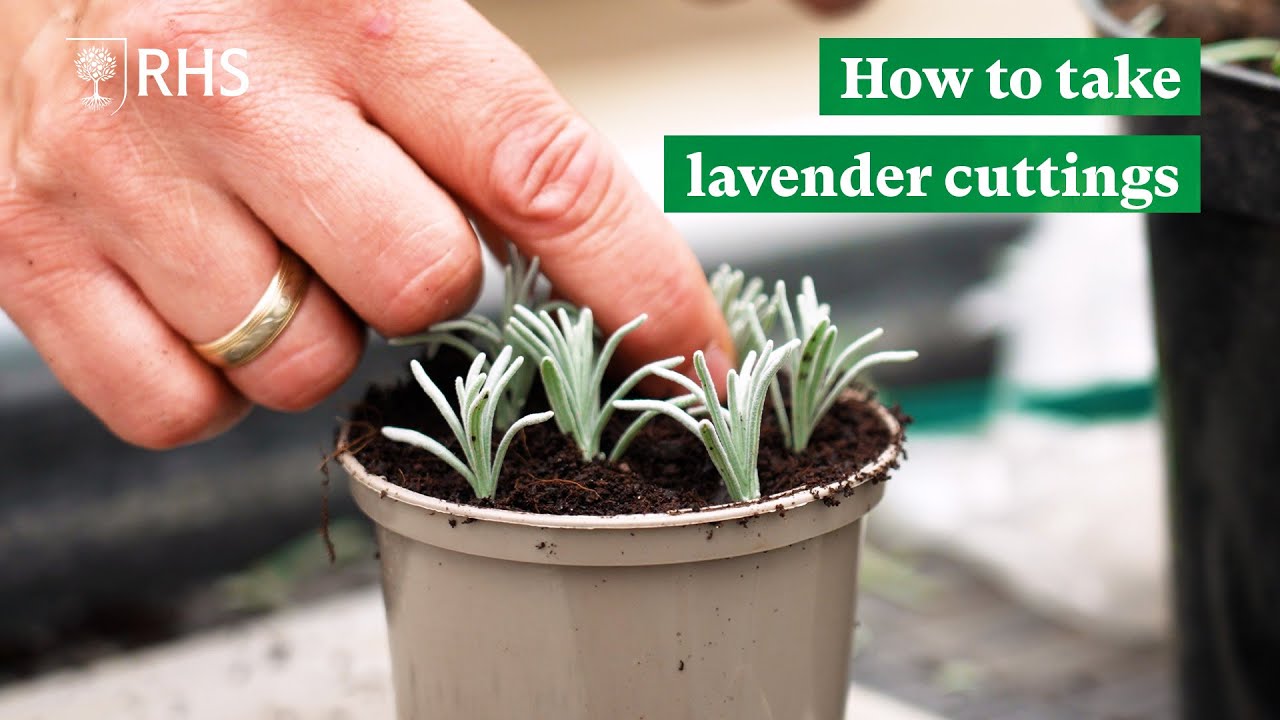
Unlocking the Elegance of the Lavender Flower
Ah, the lavender flower! It’s not just a pretty face in the garden; it’s a powerhouse of beauty and practicality. With its vibrant purple spikes and delightful fragrance, lavender has captivated gardeners and nature lovers for centuries. Its role extends beyond mere aesthetics, making it a top choice for anyone looking to elevate their garden. Imagine walking through a garden scented with calming lavender, where every breath feels like a mini-vacation. This versatile perennial isn’t just about looks; it’s about creating an atmosphere that envelops you in serenity.
Lavender flowers are popping up in backyards everywhere, and for good reason! Beyond its visual appeal, the lavender flower offers a plethora of benefits. From pest control to culinary uses, it’s a tiny yet transformative addition that can redefine the essence of your garden. With the right knowledge, you can unlock all the secrets that lavender has to offer, making it a staple in your green haven.
Whether you’re looking to tame those unruly pests or enhance the overall mood of your outdoor space, the lavender flower is your go-to solution. So, let’s dive into this aromatic journey and discover how you can make your garden not just a garden, but a lavender wonderland!
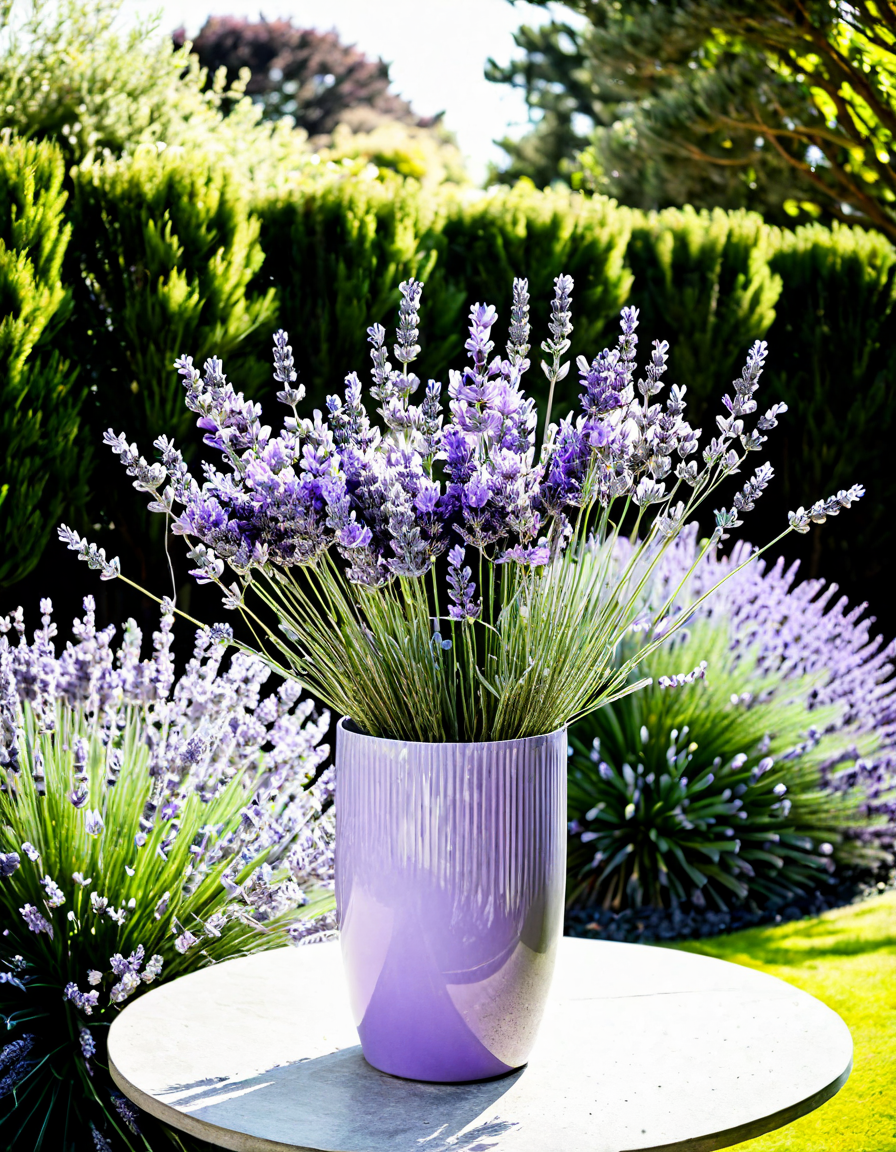
Top 7 Transformative Benefits of Lavender Flowers in Your Garden
1. Aromatic Ambiance
Lavender flowers provide an intoxicating scent that elevates any garden into an aromatic paradise. The essential oils within the lavender flower don’t just smell great; they have proven benefits for stress relief and relaxation. Planting lavender around seating areas or pathways creates a sensory experience. You’ll find yourself drawn to your garden, breathing in deeply, and feeling the worries of the day melt away.
2. Pest-Repelling Powers
One of the lesser-known secrets of the lavender flower is its knack for keeping pests at bay. The strong fragrance that we adore is a total turn-off for pesky insects like mosquitoes, flies, and moths. A little lavender nestled among plants like the umbrella plant or around the shoe tree acts as a natural repellent. Not only does this reduce the need for chemical pesticides, but it also promotes a healthier ecosystem in your garden.
3. Companion Planting Paradise
Lavender flowers shine as champions of companion planting. They’re not just loners; they thrive alongside other plants, enhancing their growth and drawing beneficial insects. For instance, pairing lavender with a lime tree attracts pollinators, boosting fruit production. Mixing it with a zebra plant helps keep those pesky aphids in check, showcasing how thoughtful plant combinations can make a substantial difference.
4. Visual Versatility
With its stunning purple spikes and lush, green foliage, the lavender flower adds a visual feast to your garden. Whether it’s complemented by a plum tree or in a flower bowl bursting with seasonal blooms, lavender stands out. Its adaptability means it can flourish in a range of settings, from the most formal landscapes to the warm charm of cottage-style gardens.
5. Drought Resistance
Isn’t it amazing when a plant can look good and be practical? The lavender flower is drought-resistant; once it’s established, it thrives on minimal water. This unique quality not only helps you save on water costs but also allows you to plant it alongside thirstier plants like the linden tree or almond tree. As climatic variations hit, lavender remains a reliable beauty, thriving even with reduced water supply.
6. Natural Wildlife Haven
When you grow lavender flowers, you’re not just benefitting your garden, but you’re also supporting local wildlife. These flowers attract a range of pollinators, including beloved bees and butterflies, which contribute to a rich ecosystem. Adding a clover lawn around your lavender can help create even more biodiversity, as clover acts as a natural fertilizer and ground cover, encouraging a lively environment.
7. Culinary and Medicinal Uses
Beyond their stunning visuals, lavender flowers bring a world of culinary and medicinal possibilities. Use the flowers to flavor dishes or steep them for invigorating herbal teas. Its oil is renowned for its calming properties, making it a favorite in aromatherapy. Positioning lavender alongside other culinary herbs not only maximizes your garden’s utility but also invites you to experience the full spectrum of what gardening can offer.
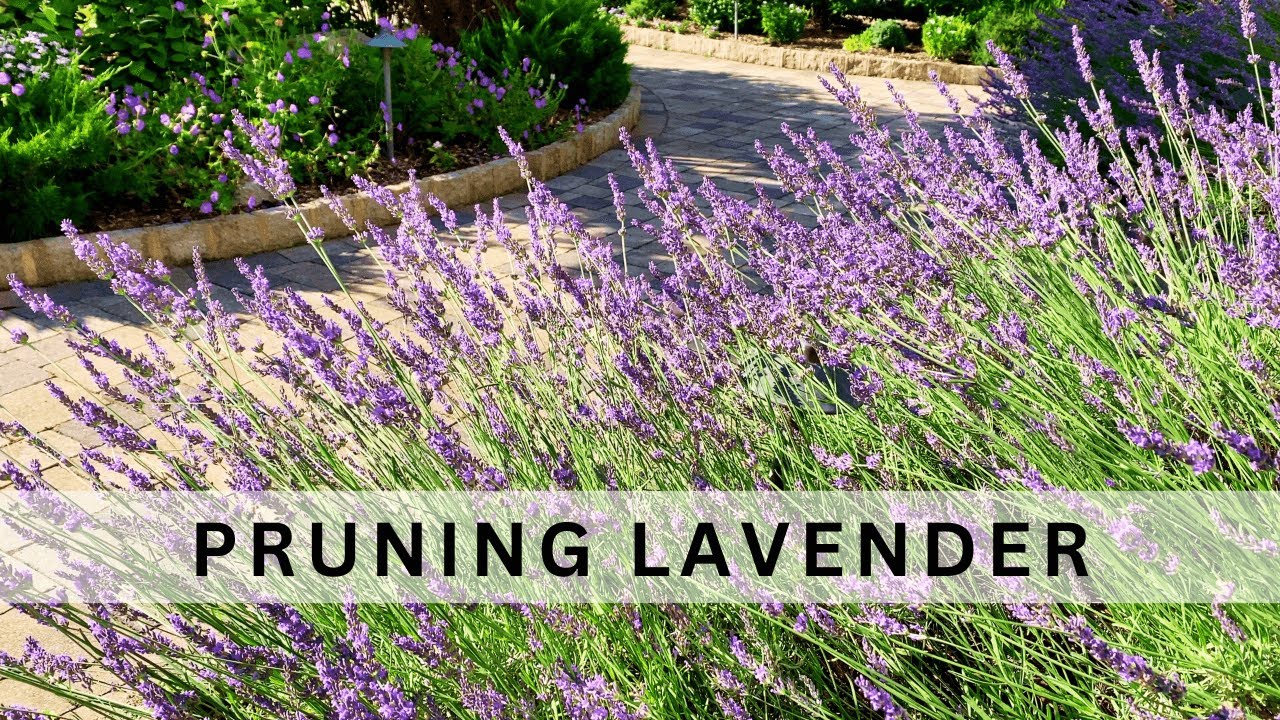
Cultivating Lavender for the Best Results
To see your lavender flower thrive, understanding its growing needs is crucial. These plants prefer well-draining soil and abundant sunshine. Positioning them correctly in your garden plays a pivotal role in their overall success. Regular pruning not only promotes bushiness but also encourages more blossoms, ensuring a vibrant display throughout the growing season.
Consider planting lavender in a spot where it can flourish without overly competing with larger trees or shrubs. Its compatibility with various plants means you can experiment with placements to see what works best in your own space.
While lavender thrives on minimal watering, periodically ensuring it has enough moisture during extremely dry spells will make all the difference. When cared for properly, these plants reward you with stunning flowers and an intoxicating fragrance that transforms your gardening experience.
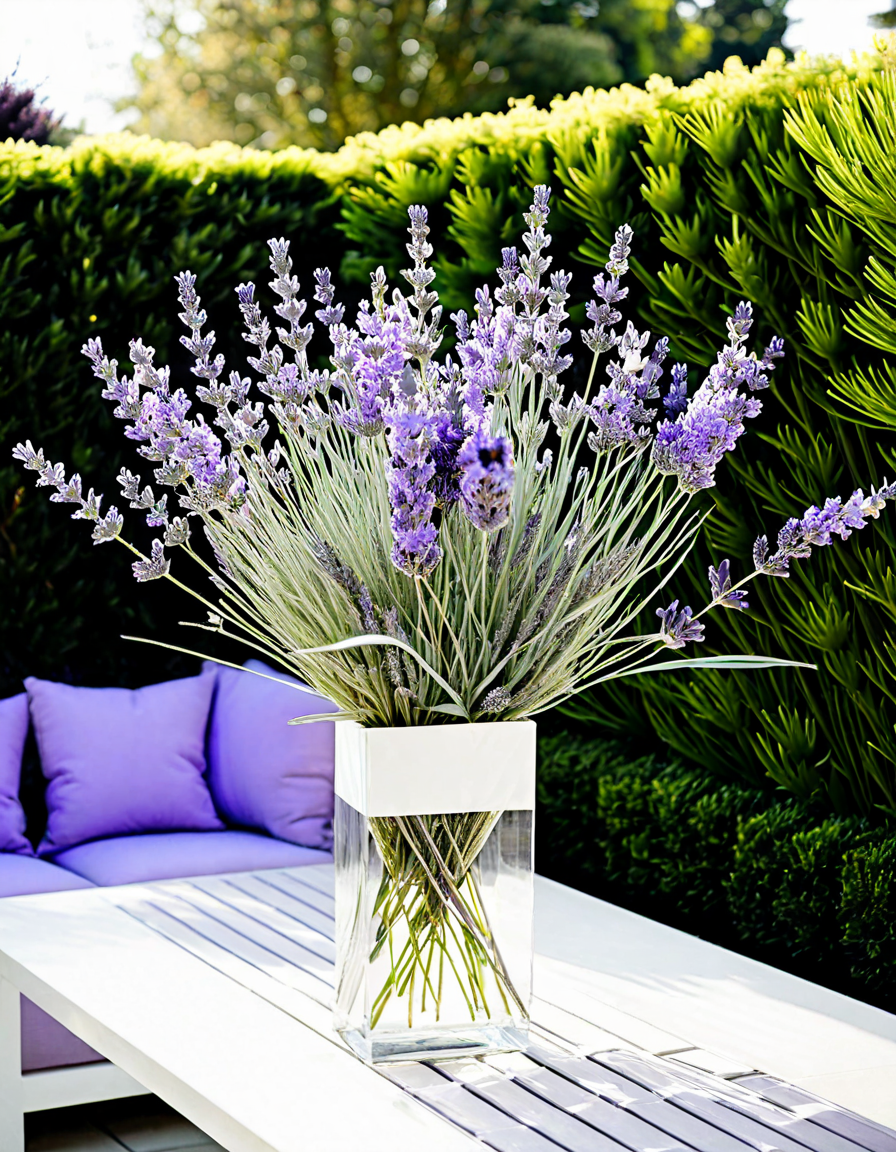
Wrap-Up: Elevate Your Garden with Lavender
Integrating the lavender flower into your garden goes beyond simple decoration; it enhances your living space and improves your overall well-being. With its aromatic charm, pest-repelling abilities, and ecological contributions, the lavender flower is a confluence of beauty, practicality, and sustainability. Embracing the secrets of lavender means planting more than just flowers; it’s about cultivating a sanctuary that enriches your outdoor living spaces.
As you contemplate your garden’s vision, remember that the lavender flower is a key player. From creating an inviting ambiance to fostering a diverse ecosystem, lavender holds a treasure trove of benefits waiting to be uncovered. So, roll up your sleeves and dive into the captivating world of lavender. Your garden will thank you for it!

Lavender Flower Secrets That Will Transform Your Garden
A Colorful History
The lavender flower is not just a pretty face in the garden; it’s steeped in rich history and cultural significance. For centuries, people have cherished this hardy plant for its calming scent and vibrant hue. Did you know that in ancient Rome, lavender was often added to baths? They believed it purified and relaxed the mind, much like the soothing lyrics of “gasolina” that evoke nostalgia and joy. Fast forward to today, and lavender’s therapeutic properties are more popular than ever, appearing in candles, oils, and teas. Who knew a simple flower could carry such an impactful legacy—kind of like how Junko Enoshima left her mark in popular culture?
A Friend to the Bees
Lavender isn’t only beneficial to humans; it holds a special place in the ecosystem as well. These blossoms are a natural magnet for pollinators, particularly honeybees. When you plant lavender in your garden, you’re essentially throwing a party for these critical helpers. Imagine your garden bustling with life—how charming is that? Pollinators like bees play a significant role in food production, much like the dynamic energy seen in sports stats, such as during the “St. Louis Cardinals vs. Detroit Tigers match player stats,” where teamwork can make all the difference!
Lavender in Art and Media
Lavender’s enchanting qualities have made it a muse in various art forms. The flower has inspired countless artists and even musicians, much like the dreamy sound of “Mazzy Star’s Fade Into You” which evokes a sense of calm and longing. You may be surprised to find lavender’s influence in diverse realms—from paintings to poetry. Furthermore, it’s not just for gardens; the subtle hues of lavender are often replicated in fashion and design, reminding us of popular shows featuring charming characters such as the Bluey cast. So as you plan your garden, think about how these delightful flowers can brighten your space and inspire creativity.
Incorporating lavender into your garden could just be the transformation you need, offering not only beauty and fragrance but also a connection to history, environment, and culture!
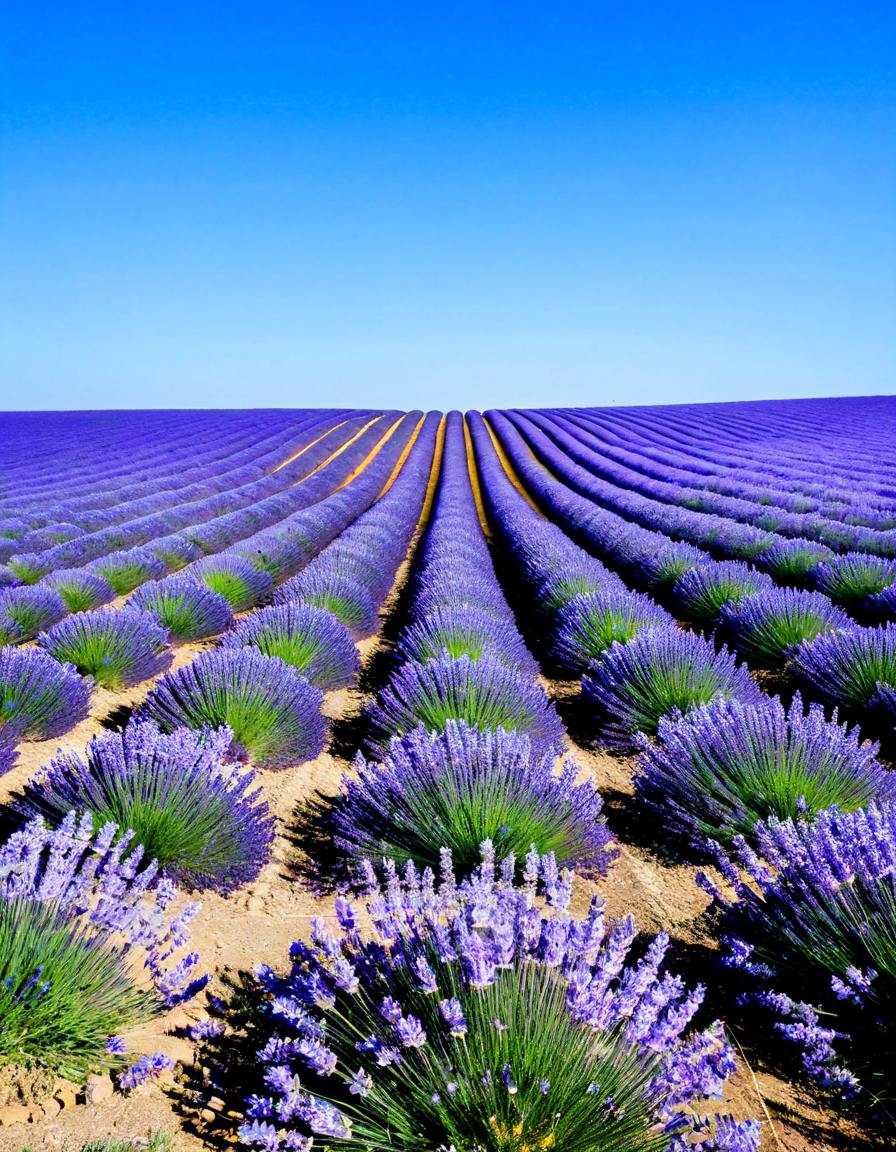
Do lavender come back every year?
Yes, lavender is a perennial plant, which means it comes back year after year, as long as it’s healthy and cared for properly.
What does the lavender flower symbolize?
Lavender flowers symbolize purity, calming, and tranquility. They’re often associated with peace and healing in various cultures.
What should you not plant next to lavender?
You should avoid planting herbs like basil and mint next to lavender, as they can compete for nutrients and water, which lavender doesn’t like too much.
Are violet and lavender the same flower?
Violet and lavender are not the same flower; they belong to different families. Violets are smaller and can grow more in shady areas, while lavenders prefer sun and are much taller.
Can I leave lavender outside in winter?
Yes, you can leave lavender outside in winter, especially in milder climates. Just make sure it’s in well-draining soil to prevent root rot.
Does lavender repel mosquitoes?
Lavender can repel mosquitoes thanks to its strong scent, which many people find pleasant but mosquitoes don’t.
What does the Bible say about lavender?
The Bible doesn’t specifically mention lavender, but it does reference scents and flowers in a way that reflects beauty and freshness.
Why is lavender queer?
Some people consider lavender a queer symbol due to its diverse meanings and the way it’s embraced by the LGBTQ+ community as a symbol of pride and acceptance.
Is lavender safe for cats?
Lavender is generally considered safe for cats, but it’s always good to keep an eye on pets and ensure they don’t eat too much.
What hates lavender?
Lavender isn’t liked by pests like aphids and flies, which tend to stay away due to its strong fragrance.
How tall does lavender get?
Lavender can grow between 1 to 3 feet tall, depending on the variety you choose and the conditions it’s grown in.
Which animals do not like lavender?
Animals like rabbits and deer usually avoid lavender because of its strong scent, which they find off-putting.
Does a lavender plant spread?
Lavender can spread, but it does so slowly. It can produce new plants through seeds and roots but mainly stays put if properly cared for.
What is the most beautiful purple flower in the world?
The most beautiful purple flower is subjective, but many people admire the unique beauty of the Orchid or the stunning appearance of the Wisteria.
Are lilacs and lavender related?
Lilacs and lavender are related in that they both belong to the same plant family, but they are different in appearance and growing needs.
How to keep lavender coming back?
To keep lavender coming back, make sure to prune it regularly and provide good drainage and sunlight to ensure its health.
Will lavender spread on its own?
Lavender can spread on its own, but slow and steady is the name of the game. It mainly spreads through seeds and root division when conditions are right.
What is the lifespan of a lavender plant?
Lavender plants typically have a lifespan of about 3 to 5 years, but with good care, they can live longer.
What to do with lavender after winter?
After winter, it’s best to prune away any dead or damaged branches and check that the plant has good drainage to encourage healthy growth as spring arrives.
